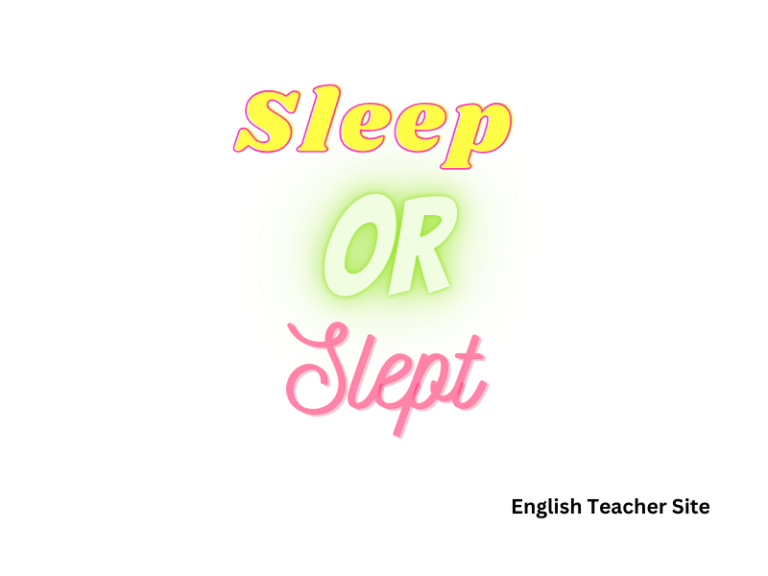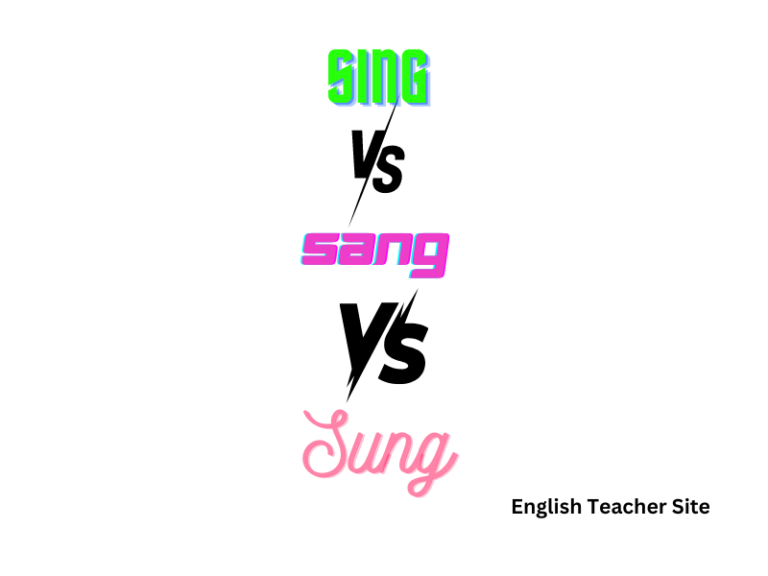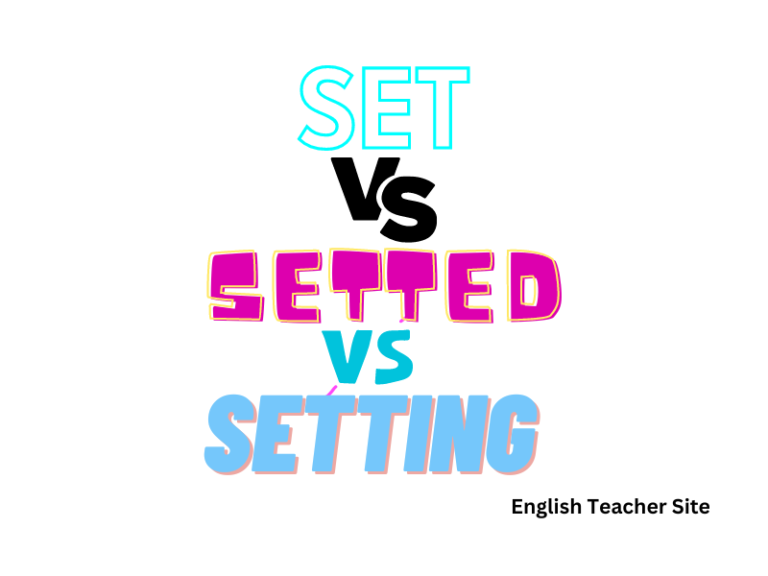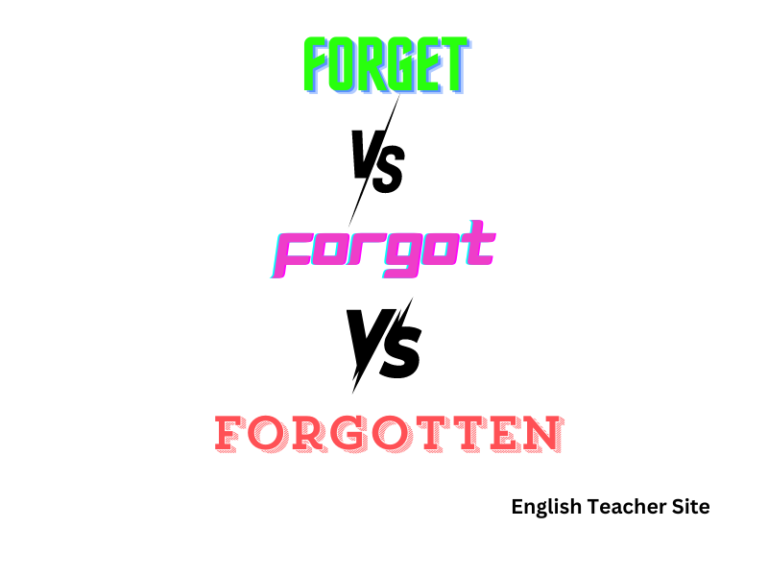Is It Lay Down or Lie Down: Understanding Verb Forms in English
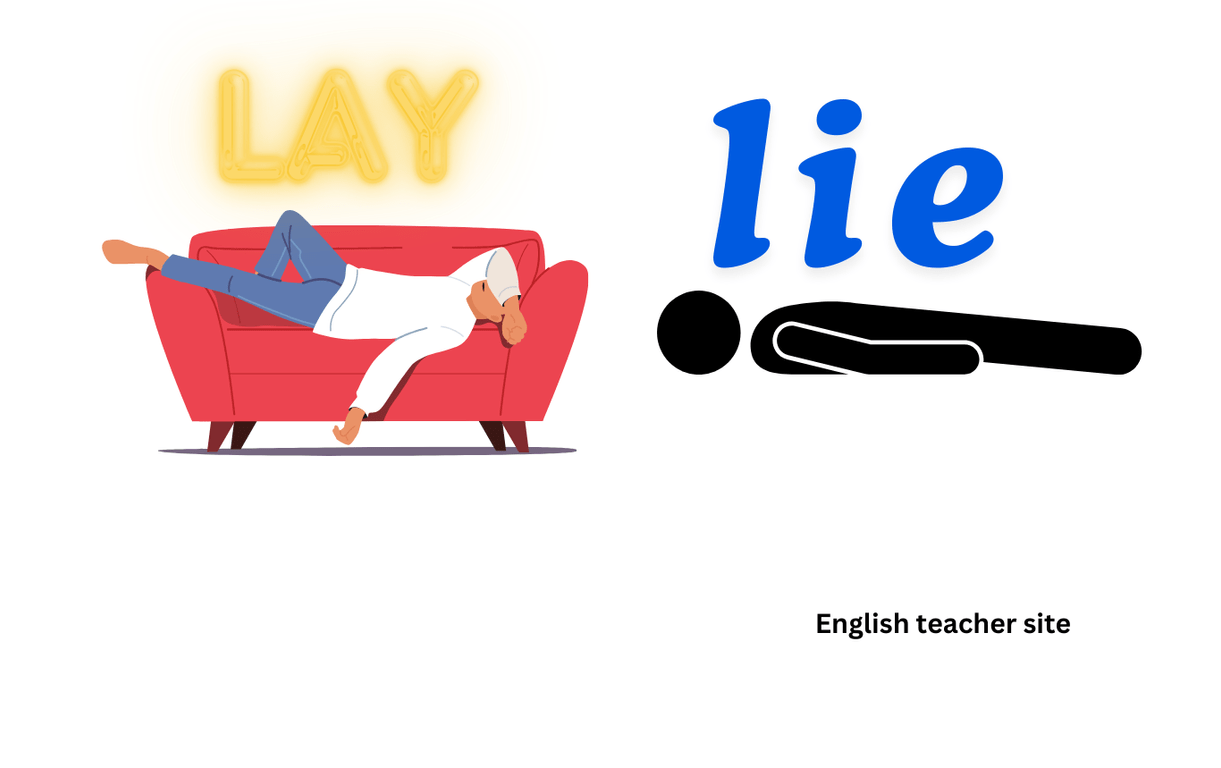
- ‘Lay‘ requires a direct object, whereas ‘lie’ does not.
- The past tense of ‘lay’ is ‘laid’ and ‘lie’ is ‘lay,’ which is a common source of confusion.
- ‘Laid‘ and ‘lain‘ are the past participle forms of ‘lay’ and ‘lie,’ respectively.
It becomes trickier when we consider the past tense of these verbs. The past tense of ‘lay’ is ‘laid’ while the past tense of ‘lie’ is ‘lay,’ which may inadvertently lead to mix-ups. Furthermore, their past participles add another layer of complexity; ‘lay’ becomes ‘laid,’ and ‘lie’ becomes ‘lain.’ Accurate sentence construction hinges on the proper application of these variations. For those learning English or brushing up on grammar rules, a clear understanding of when to use each term can enhance both written and spoken language precision.
Is it lay down or lie down lie lay or laid?
Deciphering when to use “lay” and “lie” is a common dilemma in the English language. These verbs are often used interchangeably, but they have distinct meanings and uses. Understanding their correct usage is crucial for communicating precise actions concerning oneself or objects.
Lay is a transitive verb, meaning it requires a direct object to complete its action. For instance, one lays something down. Lie, on the other hand, is intransitive and does not require an object; it’s an action one does independently.
| Present Tense Verbs | Sentence Example |
|---|---|
| Lay | You lay the book on the table. |
| Lie | You lie down on the couch. |
The confusion often arises in the past tense forms of these verbs. The past tense of “lay” is “laid,” whereas the past tense of “lie” is “lay.”
| Past Tense Verbs | Sentence Example |
|---|---|
| Laid (from Lay) | She laid the book on the table yesterday. |
| Lay (from Lie) | He lay down on the couch because he was tired. |
Additionally, “lain” is the past participle of “lie,” and “laid” also serves as the past participle of “lay.”
- Lied, however, is the past tense of “lie” when it means to not tell the truth, and it does not relate to physical placement or position.
For the present participle or the gerund (-ing form), the words are “laying” for the verb “lay” and “lying” for the verb “lie.”
- She is laying the tablecloth for dinner.
- He is lying on the sofa, reading a book.
Remember:
- “Lay” requires a direct object; something is being placed.
- “Lie” does not take a direct object; it’s what one does by themselves to rest or recline.
Understanding the Basics of Lay and Lie
The distinction between “lay” and “lie” hinges on their functionality within a sentence and their grammatical forms across different tenses.
Definitions and Forms
Lay and lie are both verbs with different meanings and uses. The principal forms for these verbs are essential in understanding their correct application.
- Lay (transitive verb):
- Base form: lay
- Past tense: laid
- Past participle: laid
- Present participle: laying
Lay requires a direct object, as it means to place or put something down.
- Lie (intransitive verb):
- Base form: lie
- Past tense: lay
- Past participle: lain
- Present participle: lying
Lie does not require an object, indicating a subject’s action of reclining or being in a horizontal position.
| Form | Lay (to place) | Lie (to recline) |
|---|---|---|
| Present Tense | I lay the book | I lie down |
| Past Tense | I laid the book | I lay down |
| Past Participle | I have laid the book | I have lain down |
| Present Participle | I am laying the book | I am lying down |
Common Confusions and Clarifications
Common mistakes often arise with the verbs lay and lie, particularly when dealing with their past tense forms and their deceptive similarity to one another.
- Lay vs. Lie:
- Present tense: Use “lay” when you need an object, as in “She lays the blanket on the bed.” Use “lie” when there is no object, as in “He lies on the couch.”
Here are key points to remember:
- Regular vs. Irregular Verb: “Lay” is considered a regular verb since it follows the standard pattern of forming the past tense by adding -ed. Conversely, “lie” is an irregular verb, as the past tense does not follow a regular pattern.
- Verb Tenses: Tenses in English signify when an action occurs. The four principal forms mentioned before are used to construct these tenses, which must be used accurately to express a clear timeline of events.
- Transitive vs. Intransitive Verbs: Transitive verbs, like “lay,” always require a direct object; intransitive verbs, such as “lie,” do not. This is a critical distinction that often leads to confusion.
Here is a simplified guide to help clarify the proper usage:
| Action | Correct Verb/Form |
|---|---|
| Placing something down | Lay (present), Laid (past) |
| Reclining without an object | Lie (present), Lay (past), Lain (past participle) |
Remembering these rules and forms will significantly improve the accuracy of verb usage in both written and spoken English.
Examples of the present tense ‘lie’ in sentences
To understand how the verb “lie” functions in the present tense, it is essential to recognize that “lie” means to recline or to be in a flat position. Unlike “lay,” which requires a direct object, “lie” does not take an object. Here are a few examples that illustrate the correct usage of “lie” in the present tense.
Sentences without Direct Objects:
- Every afternoon, the cat prefers to lie in the sunny patch by the window.
- He will often lie on the sofa to rest after work.
Common Mistakes:
It’s common to confuse “lie” with “lay” in the present tense. Remember, “lay” requires a direct object, while “lie” does not. Here’s a comparison to clarify:
| Correct Use of “lie” | Incorrect Use of “lay” |
|---|---|
| I want to lie down for a bit. | I want to lay down for a bit. |
| She lies on the beach to tan. | She lays on the beach to tan. |
Consistent Practice:
To reinforce the correct usage, here are more examples where “lie” is used appropriately in the present tense:
- The book lies on the table where you left it.
- They prefer to lie on their backs and watch the clouds.
By using these examples and emphasizing the differences, individuals can become more confident in distinguishing between “lie” and “lay” when using the present tense. Remember that “lie” is used when there is no direct object, and the subject is positioning itself.
Examples of the past tense ‘lay’ in sentences
The verb “lay” refers to the action of placing something down. When using the past tense of “lay,” it is important to know that “lay” requires a direct object—something has to be laid down. Here are some sentences correctly using the past tense form.
Table 1: Correct use of the past tense ‘lay’
| Sentence | Explanation |
|---|---|
| Yesterday, she laid the book on the table. | “Laid” is the past tense of “lay,” indicating the action completed in the past. |
| He laid out his clothes for the trip last night. | The direct object “his clothes” receives the action. |
In these examples, the verb “laid” is used to show that the subject placed an object down in the past. Note the necessity of a direct object after “laid.”
Bullet Points for Emphasis:
- Always use ‘laid’ when indicating the past tense of ‘lay.’
- Remember, ‘laid’ must be accompanied by a direct object.
Table 2: Common Mistakes to Avoid
| Incorrect | Corrected |
|---|---|
| He lay his keys on the counter. | He laid his keys on the counter. |
| They lay the blanket on the ground yesterday. | They laid the blanket on the ground yesterday. |
In each incorrect example, “lay” is improperly used. The corrected sentences swap “lay” for “laid” to properly convey the action in the past tense with a direct object.
Examples of the past participle ‘lain’ in sentences
The correct usage of the past participle ‘lain’ often leads to confusion, yet mastering it can significantly improve one’s command of the English language. The verb ‘to lie’ means to rest in a flat position or to be situated, and its past participle is ‘lain’. Let us explore the appropriate applications of ‘lain’ through several examples.
Skipping the more common ‘to lie’ as in to not tell the truth, observe how ‘lain’ is used:
- After the storm had passed, the ship had lain beached for weeks.
- She had lain in wait, anticipating the arrival of the secret messenger.
In the tables below, the difference between ‘lay’ and ‘lain’, which are often confused, is illustrated with context:
| Laid (Past of ‘to lay’) | Lain (Past Participle of ‘to lie’) |
|---|---|
| The hen has laid the eggs in the nest. | The cat has lain in the sun all day. |
| They had laid the foundation before the rain started. | She had lain down for a nap when the phone rang. |
The use of ‘lain’ is clarified further with bullet points highlighting different scenarios:
- Sickness: He had lain ill for several days.
- Hiding: The treasures have lain undisturbed for centuries.
- Resting: I had just lain down when there was a knock at the door.
In conversations or writing, employing ‘lain’ correctly demonstrates a strong grasp of verb tenses. The participle’s role is particularly pivotal when constructing perfect tenses or the passive voice. Remember, ‘lain’ pairs with auxiliary verbs such as ‘has’, ‘have’, or ‘had’, solidifying its place as a past participle. Now, with these examples, one can more confidently use ‘lain’ in both spoken and written English.
Practical Usage and Examples
The former requires a direct object, while the latter does not.
Correct Usage in Sentences
Lay – As a transitive verb, it requires a direct object. You place something in a flat position. Examples include:
- She needs to lay the book on the table.
- They laid the blanket on the ground to enjoy the sun.
Lie – This intransitive verb means to rest or be in a horizontal position and does not require a direct object. Examples include:
- He wants to lie down on the sofa because he’s tired.
- The dog lies on the floor by the couch.
| Verb | Past Tense | Past Participle | Example Sentence |
|---|---|---|---|
| Lay | Laid | Laid | Yesterday, she laid the eggs carefully in the basket. |
| Lie | Lay | Lain | Last night, he lay awake for hours. |
Tips to Remember the Differences
- Lay versus Lie – Think of “lay” as placing something down, while “lie” is the act of reclining.
- Direct Object? If the action targets something else, use “lay.” No object? “Lie” is likely correct.
Spelling and Tenses:
- “Lay” becomes “laid” in the past tense.
- “Lie” becomes “lay” in the past tense and “lain” in the past participle.
Visual Cues:
- Lay: Imagine placing an object somewhere, like a pillow on the bed.
- Lie: Think of someone simply taking a rest, as in lying down on a bed.
Examples with Homophones:
- You lay a book on a table, not lie it.
- Chickens lay eggs; they don’t lie them.
Source
Harper, Douglas. “Etymology of lie.” Online Etymology Dictionary
My name is Khamis Maiouf. I am the creator of the English Teacher Site, dedicated to providing valuable resources and insights for students around the world. With a passion for education and a commitment to helping students enhance their skills, I aim to make English teaching more effective and enjoyable for both educators and students.

